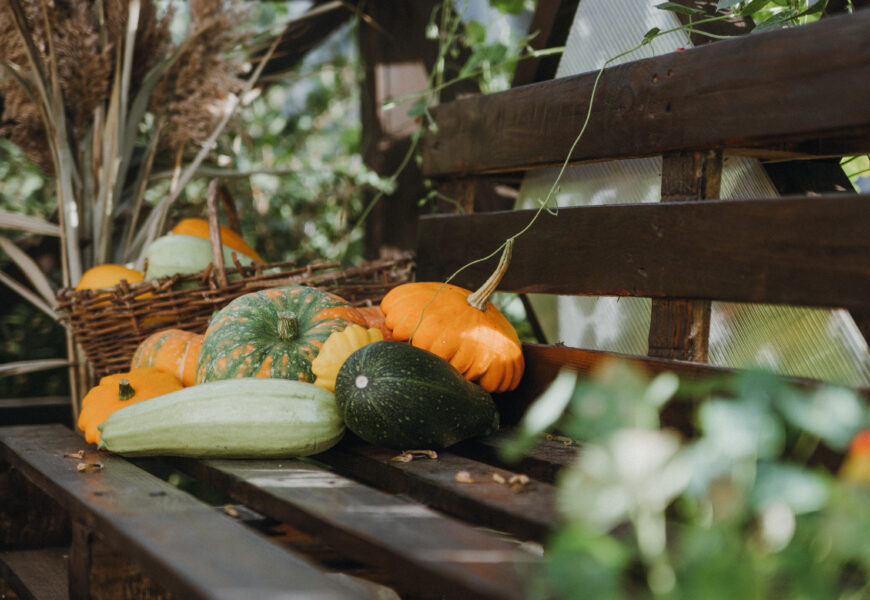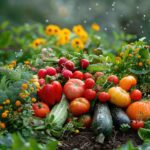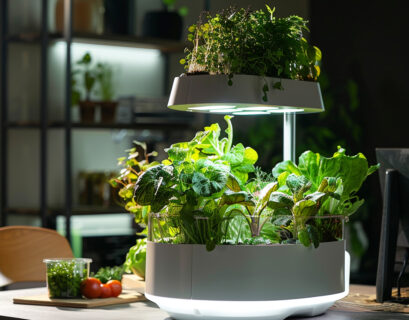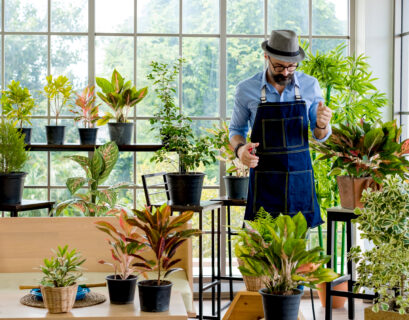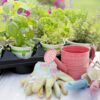As the seasons change, so does what we eat. But what if you could enjoy the best seasonal vegetables all year? Imagine having hearty soups in winter with fresh parsley, or summer stir-fries with crisp beans. Year-round vegetable gardening is real for many people today.
For example, broccoli loves the cool weather and grows well in US Zones 9 through 11. This means you can enjoy it for a big part of the year. Garlic and basil are also great for year-round gardening. They can be planted at specific times to always have them on hand.
From the early spring’s peppery arugula to the late summer’s sweet carrots, all-season vegetables add variety to our meals. They make sure our plates are interesting all year.
If you want to learn more about growing these vegetables, check out Gardeningway. They offer tips on having a garden that produces vegetables every season. Let’s make our meals come from a garden that never stops giving. Are you ready to start growing your own year-round garden?
Unlocking the Secrets of Year-Round Vegetable Gardening
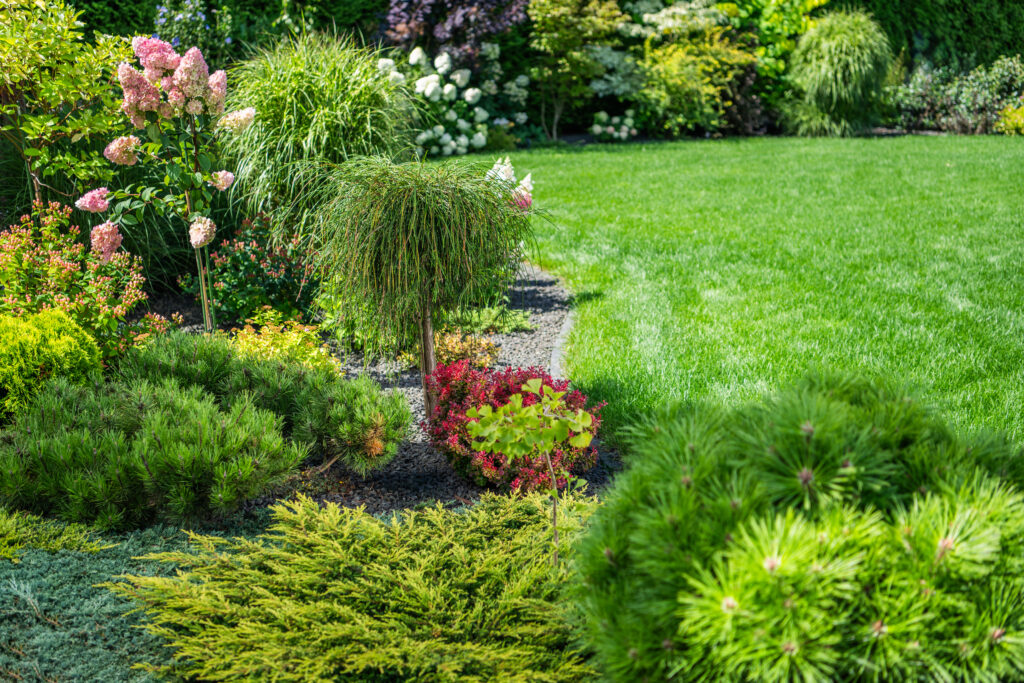
Starting a journey of growing vegetables in every season changes how we garden with the seasons. In Texas, the mild fall and winter are perfect for gardening all year. Gardeners use cold frames and greenhouses to grow veggies without extra heat.
To make the most of your vegetable planting guide, go organic. Eliot Coleman suggests starting seeds indoors and using greenhouses. These methods help with tough conditions and give you fresh produce all year.
The Collin County Master Gardeners teach us to pick the right spots and prepare the soil well. This helps plants grow strong from seed to harvest. Growing different veggies, like leafy greens and roots, is becoming popular for year-round gardening.
The book on Year-Round Indoor Salad Gardening shows how to grow salad greens indoors easily. It helps city folks grow food in small spaces. Even in cold places, you can keep gardening and get fresh produce all year.
To garden all year, we need to use many strategies. This makes gardens strong against bad weather and gives us fresh veggies all the time. By using this vegetable planting guide, gardeners can grow food any season, making sure they always have a harvest.
The Art of Growing Leafy Greens Across Seasons
Learning to grow leafy greens all year takes planning and knowledge. If you want to improve your vegetable garden tips or find the best seasonal vegetables for health, it helps to know how to care for growing leafy greens. Each type, like romaine, Swiss chard, and arugula, needs special care in different seasons.
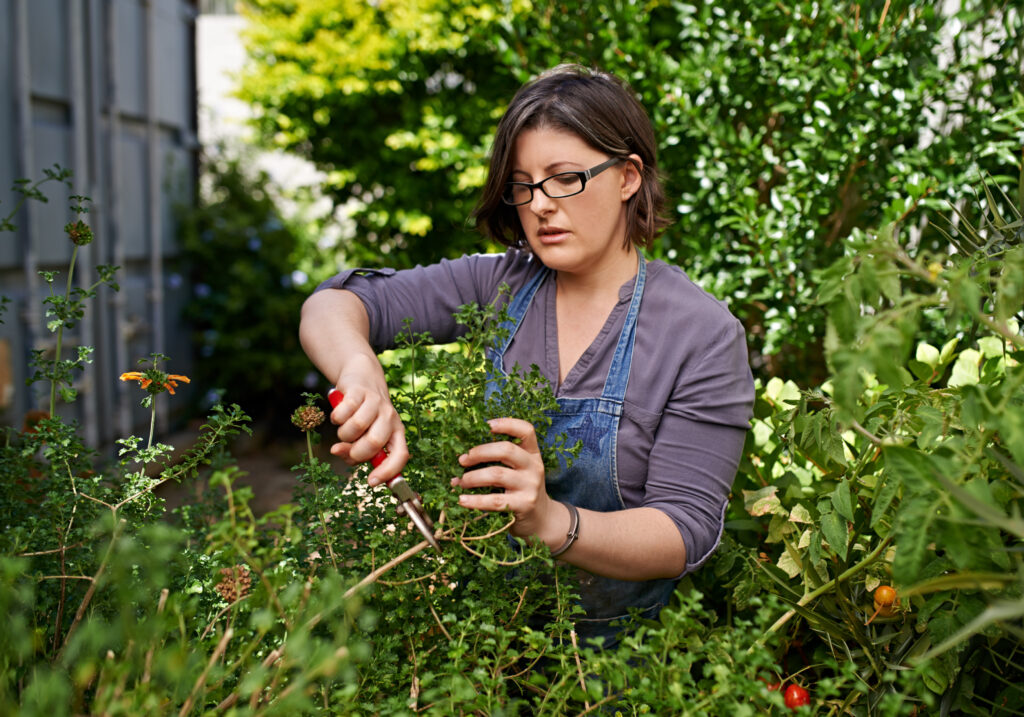
Start your greens in early spring, right after the last frost. This cool weather is perfect for them to grow. Spinach, kale, and lettuce are great for spring planting. Using cold frames or cloches can also protect them from late frost, making them grow longer and produce more.
For the cold months, plant in late summer for a new crop ready before the freeze. Planting in September and using row covers can help winter lettuce keep producing. Some veggies like kale and collards get sweeter after a light frost, making your dishes taste better.
Using fish emulsion or a balanced N-P-K fertilizer is key for leafy greens. It helps them grow strong, taste better, and be more nutritious. This makes them perfect for salads, soups, and stir-fries.
These tips help you keep your garden full of fresh greens all year. They keep your garden looking great and productive. With these tips, you’ll enjoy the taste of fresh garden greens in every season.
Root Vegetables: Underground Treasures Year-Round
Exploring root vegetables shows us their many benefits all year. They include beets, parsnips, and turnips, each with unique flavors and textures. These plants are great for anyone who likes to grow all-season vegetables.
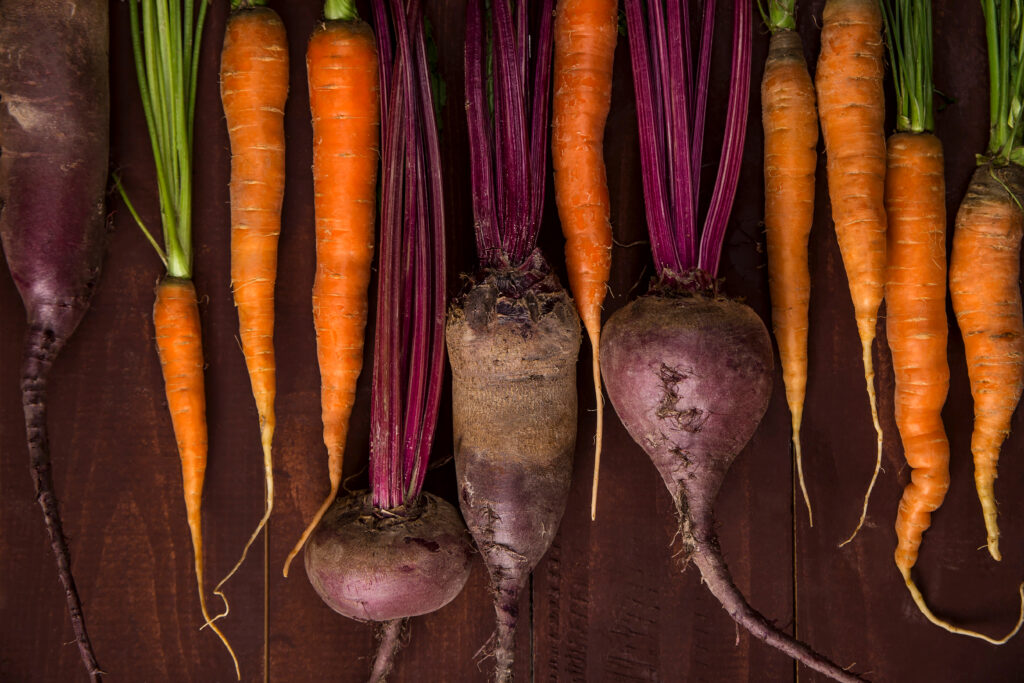
Beets are packed with nutrients that help with blood pressure and heart health. Parsnips are full of vitamins and antioxidants, which fight inflammation and lower disease risk.
Turnips are high in fiber, which helps with digestion and weight management. Rutabagas also offer health benefits, including lowering heart disease and cancer risk. They grow best in well-drained soil under full sun.
These vegetables are key to a successful all-season vegetables plan. Planting them in early spring or late summer ensures a harvest through the year. Each type needs the right nutrients, like specific fertilizers before planting.
Following a seasonal vegetable guide helps with sustainable gardening. It ensures a steady supply of root vegetables and supports your garden’s health. Enjoy parsnips in winter stews or radishes in spring salads all year round.
Successful gardening with root vegetables requires careful attention from start to finish. Weeding, thinning, and proper spacing are essential for a thriving garden. Gardeners should always be learning and adapting to the seasons to grow these vegetables well.
Best Seasonal Vegetables to Harness Cool Climates
Gardeners who garden all year know that cool-season veggies are top choices for surviving cold weather. When the frost goes away, it’s time to plant peas and spinach. These plants start the garden’s growth early in Spring. Peas can be planted directly into the ground, while spinach should be started indoors 4-6 weeks before the last frost.
Broccoli and cabbage are ready to go when started indoors 5-6 weeks and 6-8 weeks before the last frost. These plants love the cold and grow well in it. They make the garden look lush and green as the weather gets warmer. Onions and parsley also start early, needing 8-10 weeks before the last frost to grow.
Companion planting is a key part of growing cool-season veggies. Planting basil with tomatoes not only adds flavor but also keeps pests away. The University of Nice Sophia Antipolis found that basil protects tomatoes from pests like thrips. Garlic and onions work well together, as do carrots and garlic. Nasturtiums help protect kale and cabbage from caterpillars. These pairings make gardens look good and grow better in cooler climates.

